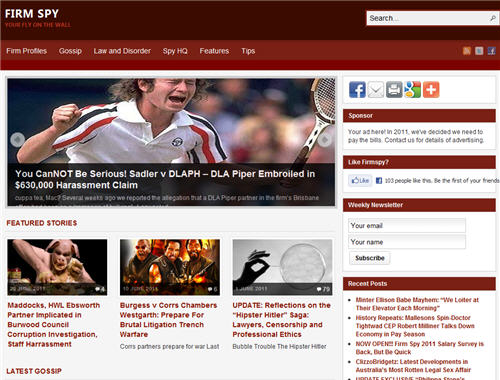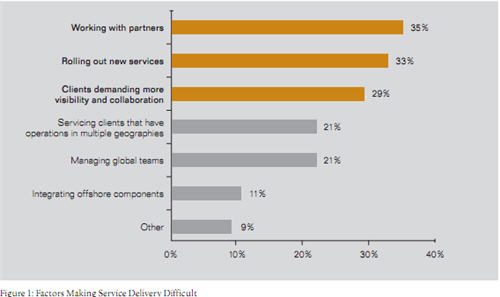Keynote slides: The Power of Social Media and Future Organizations
This morning I am giving the external keynote at a closed conference for senior client executives run by a major professional services firm. They know the technical content they are presenting is rather dry so my role is to provide a highly engaging kick-off to the day (spouses are invited too) which is also practical and useful for attendees.
As is quite often the case these days, my client asked me to combine two of the topics from my general list of speaking topics, bringing together the ideas from The Power of Social Media and The Future of Work and Organizations. In fact every presentation I do is customized for the specific context and audience, including many topics not on the list, but it can be useful for clients to use the general speaking topic list to work out what they are looking for.
Here are the slides to my keynote. The usual disclaimer: the slides are designed to accompany my presentation and not to be viewed by themselves, but you still might find them interesting.


